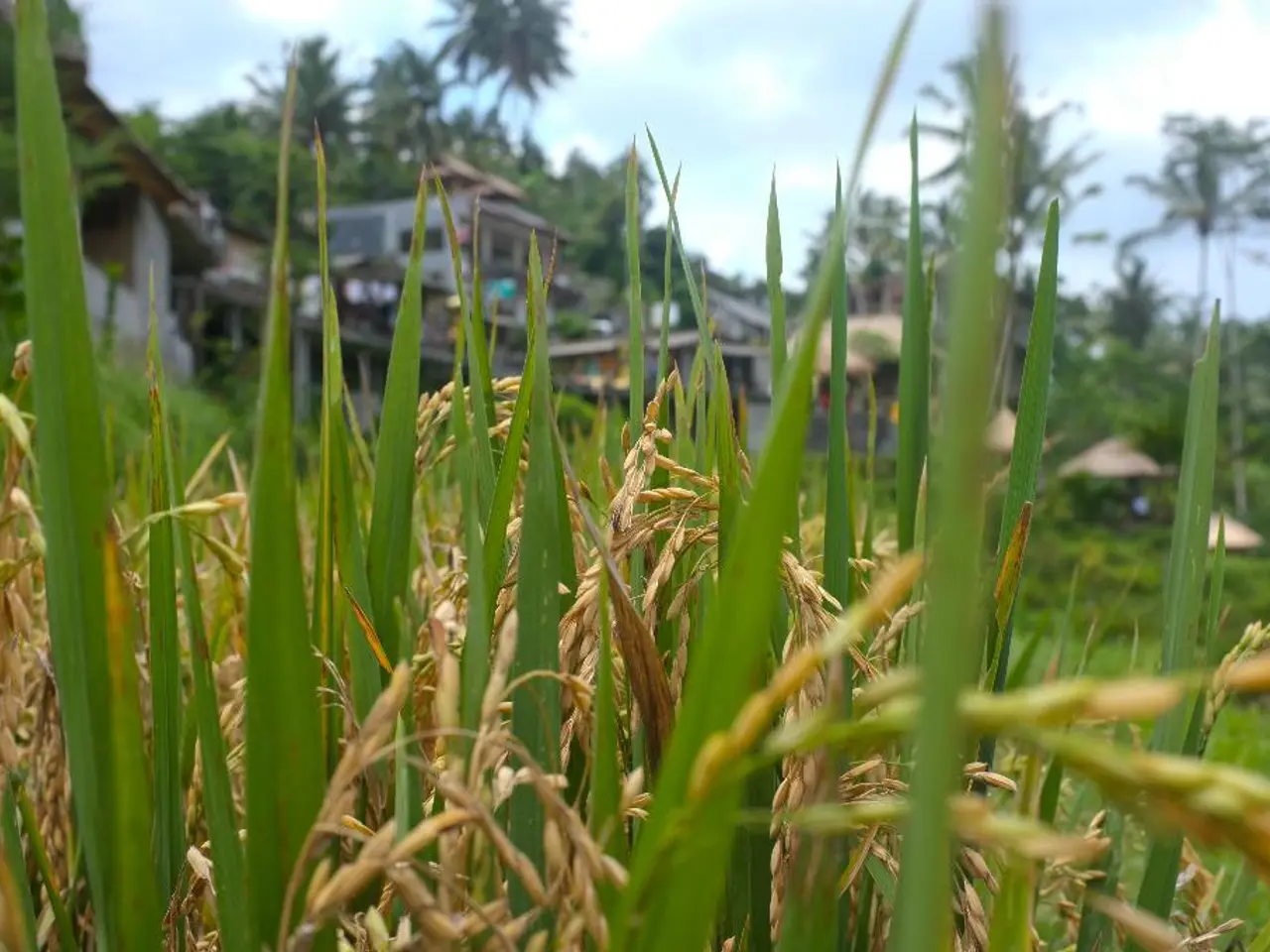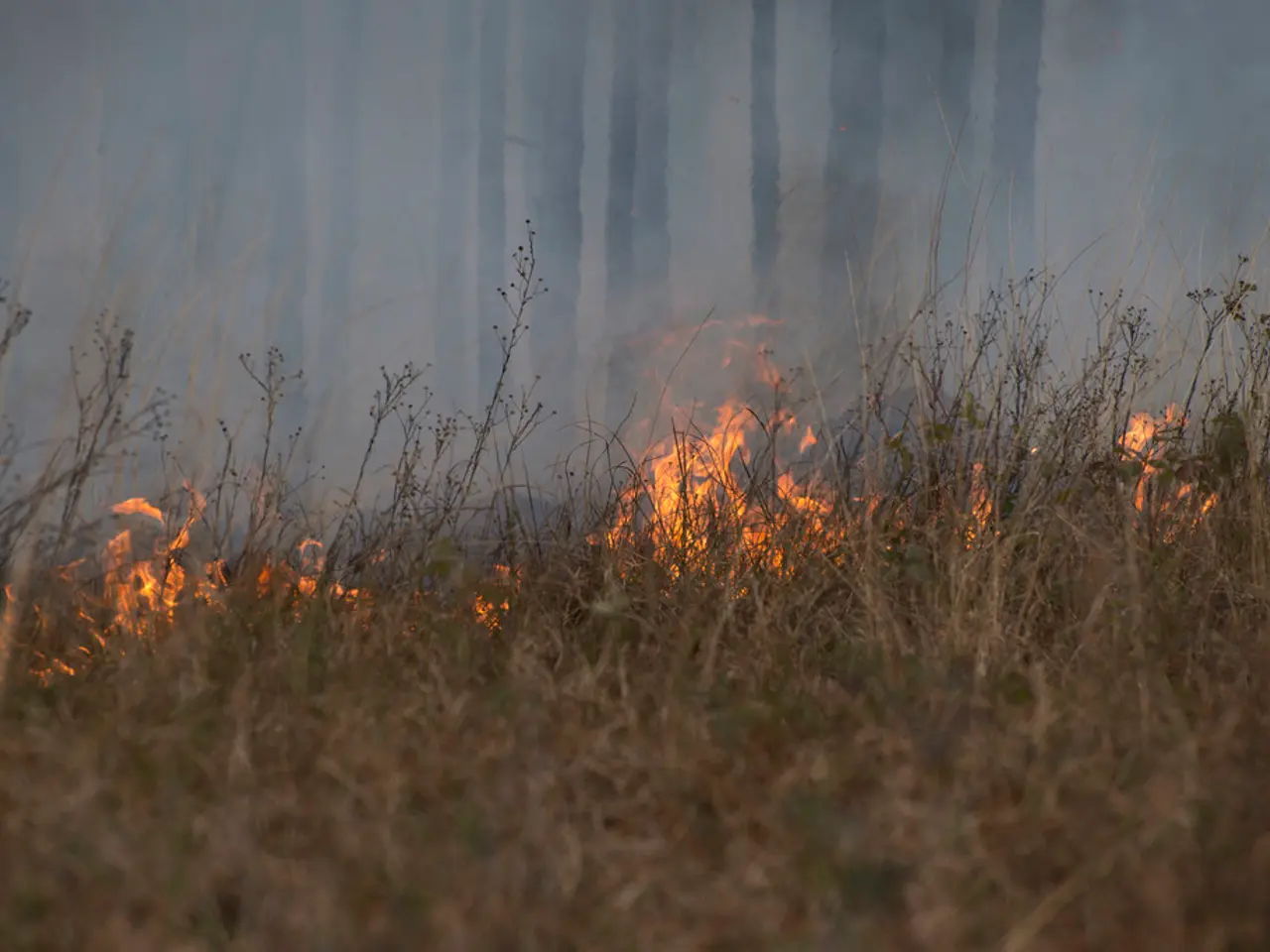Agricultural regions such as Bihar, Andhra Pradesh, and Assam have experienced less rainfall than usual, according to a recent report.
The ongoing monsoon season in India has shown mixed results, with some regions experiencing surplus rainfall and others facing below-normal conditions. According to a recent report by CareEdge Ratings, this uneven distribution of rainfall is a major concern, particularly for major rice-producing states.
## Challenges in Key States
Bihar, Andhra Pradesh, and Assam, which together account for approximately 15% of India's Kharif rice production, have received below-normal rainfall since the monsoon season began. This regional disparity is a significant issue, as some regions have seen surplus rainfall while these key rice-producing states are facing deficits.
## Impact on Rice Production
In contrast to these states, other areas like northwestern India have benefited from strong and timely monsoon rains, leading to early gains in rice sowing. However, the below-normal rainfall in Bihar, Andhra Pradesh, and Assam could lead to reduced crop yields, as consistent and adequate rainfall is crucial for optimal rice production.
## Broader Agricultural Context
The early arrival of the monsoon has allowed for timely sowing across many parts of India, which could help mitigate some regional losses. However, farmers are shifting towards crops like maize due to better price incentives, which might further impact rice production strategies.
Despite these challenges, the overall surplus rainfall and early sowing activities in other regions provide a mixed outlook for India's agricultural sector this monsoon season. The report does not mention any recent strengthening or weakening of the South-West monsoon, and the evenness in the spatial distribution of monsoon rains has reduced compared to previous years.
The report suggests that this bodes well for a strong agricultural output for the second consecutive year, as long as the unevenness in rainfall distribution does not worsen. However, it is crucial to monitor the evenness in the spatial distribution of monsoon rains in the coming weeks, as it continues to be a key factor to watch.
[1] Bihar, Andhra Pradesh, and Assam have experienced lower-than-normal rainfall since the beginning of the season. [2] Sowing activities in states like Madhya Pradesh, Rajasthan, Uttar Pradesh, Gujarat, Punjab, and Haryana have been supported by these favourable conditions. [3] The report does not mention any change in the evenness in the spatial distribution of monsoon rains as a key factor to watch in the coming weeks. [4] As of July 7, 2025, India's cumulative rainfall is 15% above the Long Period Average (LPA). [5] Central India's rainfall stands at 42% above the LPA, while the South Peninsula's rainfall is 1% below normal. [6] East and North-East regions' rainfall shows a significant shortfall of 20%. [7] Among the 36 meteorological subdivisions in the country, 15 subdivisions, accounting for 43% of the total area, have received normal rainfall since June.
[1] However, despite the positive outlook in some regions, the lower-than-normal rainfall in Bihar, Andhra Pradesh, and Assam raises concerns about their cultural practices and the agricultural impact, especially since these states hold significant opinions in India's rice-producing sector.
[2] Meanwhile, news from other parts of India, such as Madhya Pradesh, Rajasthan, Uttar Pradesh, Gujarat, Punjab, and Haryana, suggests that the fortunate weather conditions have encouraged favorable sowing activities, boosting optimism for the agricultural sector this monsoon season.








